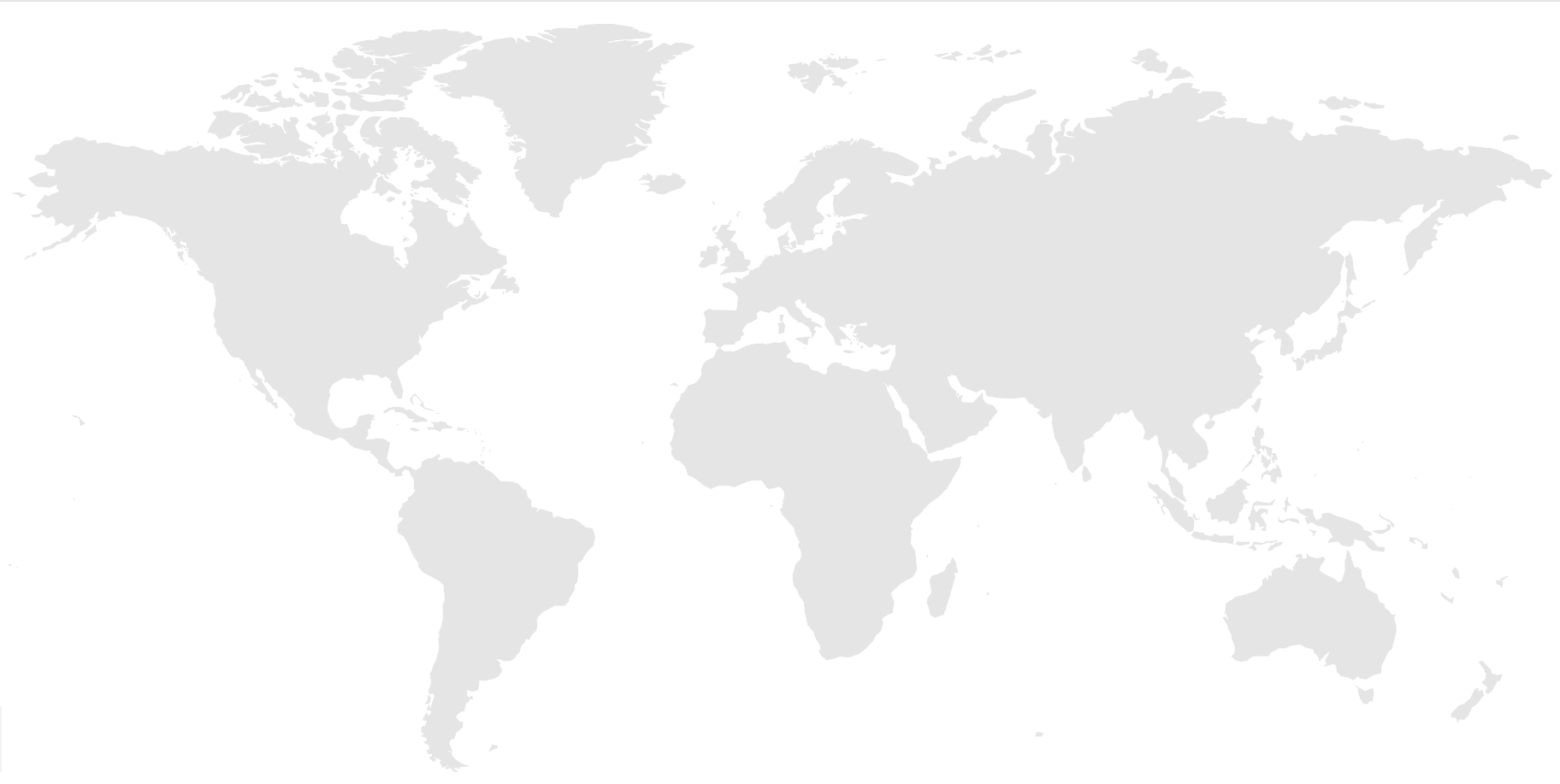A NextGen agro–climate advisory in Ethiopia increased wheat grain yield of smallholder farmers by up to 25% with an average additional partial profitability of US$600 per ha per season when compared to a blanket recommendation. The advisory has been developed by integrating over 25,000 crop responses to fertilizer application datasets with spatial co-variants using machine learning algorithms. The advisory and the partnership model between Excellence in Agronomy, GIZ, Digital Green, and national institutes has attracted significant interest to scale.
Wheat is grown by about 4.8 million farmers and is the second most important grain food staple in Ethiopia, after maize. Despite its importance, Ethiopian wheat farmers only achieve between 35 and 45 % of a farm’s attainable yield, with most producing an average of 2.5 t/ha, compared to a potential of around 6–7 t/ha. This is because of climate and input use constraints (lack of access to context and site-specific agro-advisory); poor soil fertility; and rainfall variability. The objective is to address the yield gap by developing a context- and site-specific agro-advisory decision-support tool and making it available to smallholder farmers.
Using the use case model, Excellence in Agronomy engaged Digital Green to establish a collaboration opportunity to deliver agronomy at scale. This collaboration has been the result of demand for site-specific fertilizer advisory content, which is climate- and context-specific, and the Ethiopian Government’s needs for the wheat production areas in the Ethiopian Highlands.
“Even if you force me to stop using the new location-specific recommendation, I will apply it at night.” – Abate Ajajew, farmer from Lemo District, Shurmu Dacho Kebele
An integrated location-specific and season-smart decision-support tool (DST)/advisory has been co-developed and co-piloted in Ethiopia. The advisory is developed by integrating crop responses to fertilizer data with co-variants. This advisory considers “next-season” climate information when developing recommendations, making it season-smart. Further, integration is made with the Ethiopian Digital Agroclimate advisory Platform (EDACaP) to generate information about planting timelines. The DST is also integrated with the Quantitative Evaluation of the Fertility of Tropical Soils (QUEF)TS, which predicts water-limited yield and indigenous soil fertility supply. Effort is underway to integrate the DST with DSSAT and APSIM models to simulate the roles of good agronomic practices.
- An innovative partnership among national institutes, Excellence in Agronomy, GIZ, and Digital Green has been built to facilitate co-creation, and to generate agro-advisory content and use agile dissemination channels to reach extension workers and farmers and collect feedback. This collaboration resulted in the co-development of tailored, location-specific and climate-informed DST to: (i) guide planners, extension workers, and farmers on appropriate planting timelines, and the amount and types of fertilizers required; (ii) promote and co-implement the advisory service; and (iii) build national capacity.
- The DST has been validated in the Amhara, Oromia and Southern Nation Nationalities and People (SNNP) regions of Ethiopia, with 300 farmer participants during the 2021–2022 season. The DST has demonstrated a higher wheat grain yield of up to 25%, reaffirmed by farmers and extension workers who took part in field days. Noting the successes, the DST is being piloted across five districts within three regions in Ethiopia. Despite the huge cost of fertilizer during the summer of 2022, over 3,500 farmers have implemented the DST, out of the over 10,000 farmers reached, with high performance levels already being recorded.
- Across all testing locations, partial profit per hectare per season increased by 24% (US$580) and 16% (US$412), respectively, when location-specific fertilizer rates were compared to local and national blanket recommendations. An average monetary gain of about US$2.3 billion per season can be achieved when a location-specific fertilizer rate of about 5.3 t/ha is applied to a wheat production area of about 1.75 million ha.
- Results also showed notable advantages in terms of agronomic, nutrient, and water use efficiencies.
- CEOs of the Crop Development and Agricultural Extension at the Ministry of Agriculture who visited some of the sites in November 2022 witnessed the performance of the DST and have committed to support streamlining the tool as an extension package after further piloting.
- The Excellence in Agronomy–GIZ–Digital Green partnership has been recognized and the CEO of the Agricultural Extension has selected the DST (and its partnership framework) to be implemented in specified districts during the 2023 season.
References:
- Abera, W, et al. 2022. NextGen Agroadvisory (modules).
- Liben, FM, et al. 2022. Developing and piloting location-specific fertilizer recommendation for Wheat in Ethiopia.
- Abera, W, Ebrahim, M, and Liben, FM. 2022. Piloting site and context specific Agro-advisory to transform wheat production in Ethiopia.
- Abera, W, et al. 2022. A data-mining approach for developing site-specific fertilizer response functions across the wheat-growing environments in Ethiopia. Experimental Agriculture. DOI: 10.1017/S0014479722000047
- Tamene, L, et al. (eds). 2017. A review of soil fertility management and crop response to fertilizer application in Ethiopia: Towards development of a site- and context-specific fertilizer recommendation. CIAT publication No. 443. International Center for Tropical Agriculture (CIAT), Addis Ababa, Ethiopia. 86p.
Header image: Farmers’ field day observing and voting the performances of different trials installed by the Alliance-Digital Green team. Photo by Mohammed Ebrahim/Alliance of Bioversity and CIAT




